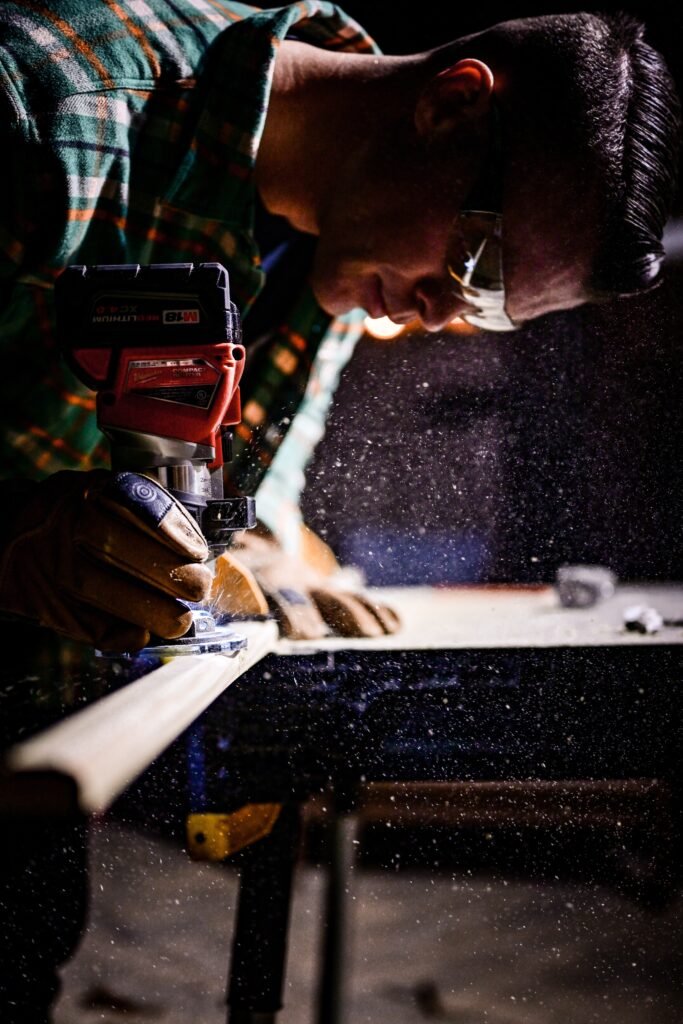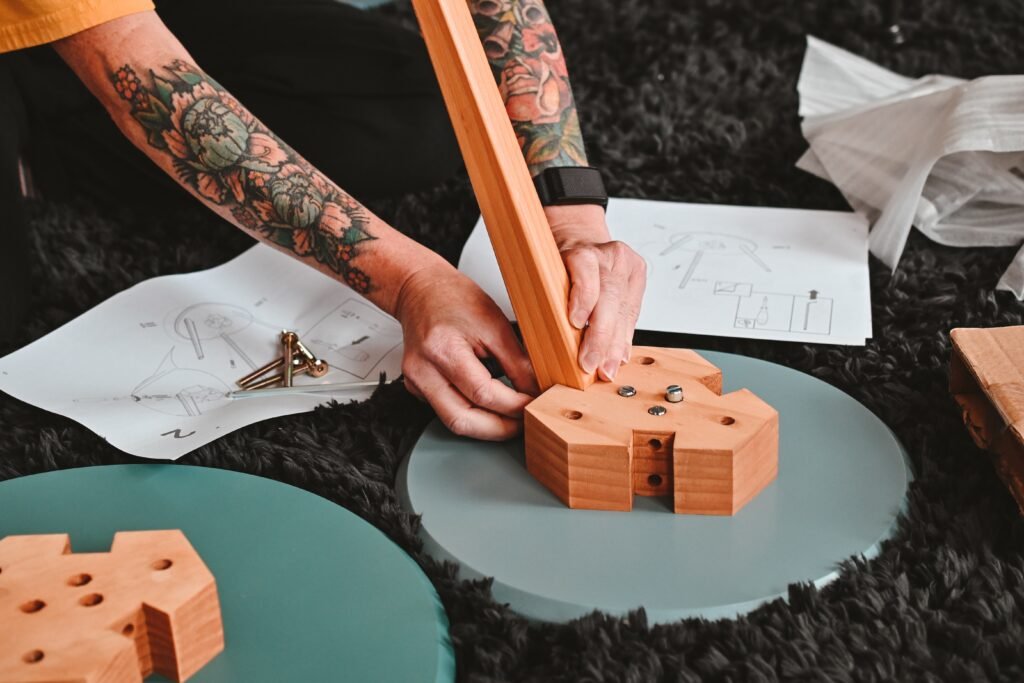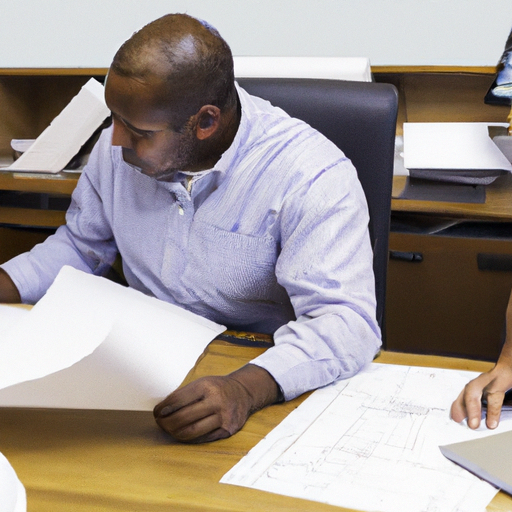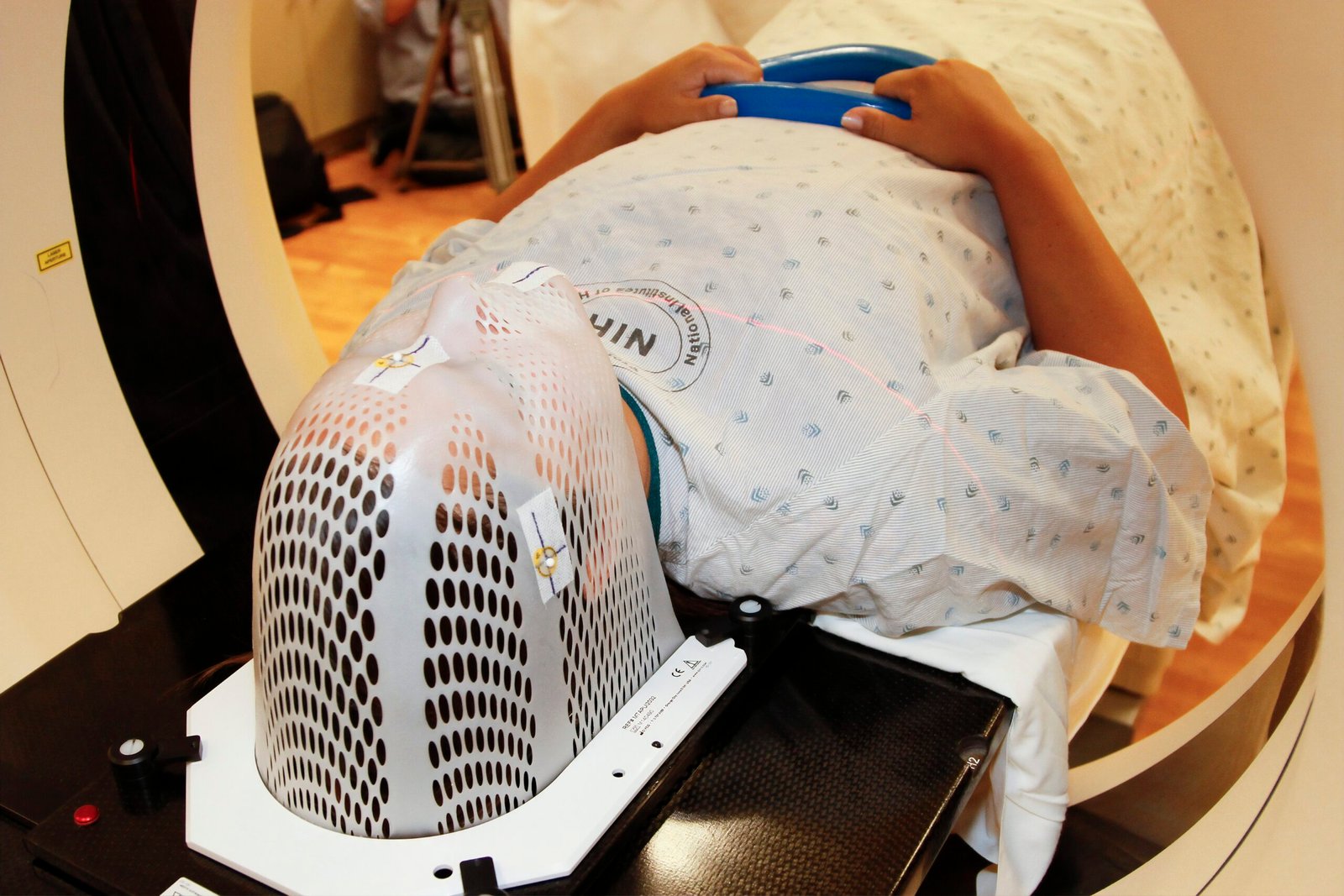Pros And Cons Of DIY Installation
August 19, 2023 | by rainwatercollectionsystem.com

Considering DIY installation for your rainwater collection system? While it may be tempting to take on the project yourself, it’s important to weigh the pros and cons before making a decision. On the one hand, DIY installation can potentially save you money and give you a sense of accomplishment. On the other hand, it requires time, effort, and a certain level of expertise. In this article, we’ll explore the pros and cons of DIY installation so you can make an informed choice and ensure the optimal functioning of your rainwater collection system in the long run.

Cost
Lower upfront cost
When it comes to the cost of DIY installation, one of the most significant advantages is the lower upfront cost. By taking on the task yourself, you can eliminate the need to hire professionals and pay for their services. This can save you a significant amount of money, especially if you are working on a tight budget.
No installation fees
Another cost-related benefit of DIY installation is that there are no installation fees involved. When you hire professionals to install a system or equipment for you, they typically charge a fee for their services. By doing it yourself, you can avoid these fees altogether and put that money towards other aspects of your project.
Skills and Knowledge
Opportunity to learn new skills
One of the major advantages of DIY installation is the opportunity to learn new skills. Taking on a DIY project allows you to develop a range of practical skills that can be useful not only for the current project but also for future endeavors. Whether it’s learning about plumbing, electrical work, or carpentry, you can expand your knowledge and become more self-sufficient.
Requires significant research and learning
However, it is important to note that DIY installation also requires significant research and learning. You need to have a good understanding of the project at hand, including the materials and tools required, as well as the steps involved in the installation process. This can be time-consuming and may require a certain level of expertise to ensure that the installation is done correctly and safely.
Flexibility and Convenience
Ability to work at your own pace
One of the benefits of DIY installation is the ability to work at your own pace. Unlike hiring professionals who may have a set timeline, you have the freedom to determine when and how much time you want to dedicate to the project. This gives you the flexibility to fit the installation around your schedule and other commitments.
May take longer to complete
On the downside, DIY installation may take longer to complete compared to hiring professionals. This is because you may need to allocate time for research, learning, and troubleshooting along the way. Depending on the complexity of the project and your level of experience, it may require more time and effort to get the installation done to your satisfaction.
Customization
Ability to personalize the installation
One of the advantages of DIY installation is the ability to personalize the installation according to your preferences. When you take on the task yourself, you have the freedom to make design choices and customize the installation to suit your specific needs and aesthetic preferences. This can result in a more tailored and unique final product.
May lack professional expertise
However, one thing to consider is that DIY installation may lack the professional expertise that comes with hiring professionals. While you may have the creativity and vision to design a personalized installation, there may be certain technical aspects or industry-specific knowledge that you may not be familiar with. This could potentially compromise the quality or efficiency of the installation.

Quality of Work
Control over the installation process
One of the major advantages of DIY installation is the sense of control you have over the entire process. You have complete autonomy in every step, from planning and design to execution and completion. This allows you to ensure that everything is done according to your standards and preferences, resulting in a personalized and satisfactory outcome.
Possibility of making mistakes
However, it is also important to acknowledge the possibility of making mistakes during the DIY installation process. Without professional guidance, there is a higher risk of making errors or overlooking important steps. These mistakes can lead to inefficiencies, safety hazards, or even damage to the system or equipment. It is crucial to proceed with caution and take the necessary precautions to minimize the chances of making costly mistakes.
Ownership and Satisfaction
Pride in completing the project yourself
One of the most rewarding aspects of DIY installation is the sense of pride and accomplishment that comes with completing the project yourself. The satisfaction of seeing your hard work pay off and enjoying the final result can be incredibly fulfilling. It also gives you a sense of ownership and connection to the project, knowing that you played a crucial role in its creation.
Potential frustration and stress
On the other hand, DIY installation can also bring about potential frustration and stress. The responsibility and pressure of completing the project successfully can sometimes be overwhelming. Additionally, encountering challenges or setbacks along the way can lead to frustration and feelings of discouragement. It is important to approach DIY installation with patience and a willingness to problem-solve.

Availability of Resources
Wide range of online tutorials and guides
One of the advantages of DIY installation is the abundance of online tutorials and guides available. The internet is filled with resources that can provide step-by-step instructions, tips, and tricks for various DIY projects. These resources can be a valuable source of information and guidance, especially for those who are new to DIY installation.
May require additional tools or equipment
However, it is important to note that DIY installation may require additional tools or equipment that you may not already have. Depending on the project, you may need to invest in specific tools or equipment to ensure successful installation. This additional cost should be taken into consideration when weighing the benefits and drawbacks of DIY installation.
Safety
Increased risk of accidents or injuries
One of the drawbacks of DIY installation is the increased risk of accidents or injuries. Without the proper expertise and training, there is a higher likelihood of making mistakes or encountering safety hazards during the installation process. It is important to prioritize safety measures, such as wearing protective gear and following safety guidelines, to minimize the risk of accidents.
Opportunity to prioritize safety measures
However, DIY installation also presents an opportunity to prioritize safety measures according to your own standards. You have the freedom to take the necessary precautions and ensure that safety is a top priority throughout the project. This can include researching safety guidelines, investing in safety equipment, and being more cautious and vigilant during the installation process.

Time Commitment
Flexible timeline
One of the advantages of DIY installation is the flexibility in terms of timeline. Unlike hiring professionals who may have a set schedule, you can choose to work on the project at your own pace. This flexibility allows you to allocate your time and energy according to your availability and priorities, making it easier to manage the installation alongside other commitments.
More time-consuming than hiring professionals
On the flip side, DIY installation tends to be more time-consuming compared to hiring professionals. As mentioned earlier, DIY installation often involves research, learning, and troubleshooting along the way, which can extend the overall timeline of the project. It is important to plan accordingly and allocate sufficient time to ensure that the installation is done properly.
Warranty and Support
No warranty on installation
One of the drawbacks of DIY installation is the absence of a warranty on the installation itself. When professionals are hired, they typically offer warranties on their work, providing a safety net in case any issues arise after the installation. With DIY installation, you assume full responsibility for the outcome, and any potential repairs or fixes will be solely your responsibility.
Limited or no professional support
In addition to the lack of warranty, DIY installation may also lack professional support. When you hire professionals, you have the advantage of their expertise and guidance throughout the process. If any issues or uncertainties arise during the installation, you can rely on their support to resolve them. With DIY installation, you may need to rely solely on online resources or seek assistance from peers who have experience in similar projects.
In conclusion, DIY installation comes with both pros and cons. It offers a lower upfront cost, the opportunity to learn new skills, and the ability to personalize the installation. However, it requires significant research and learning, may take longer to complete, and may lack professional expertise. DIY installation also allows for greater control over the process but comes with the possibility of making mistakes. It brings a sense of pride and ownership but can potentially lead to frustration and stress. Availability of online resources is a benefit, but additional tools or equipment may be required. Safety risks are higher, but safety measures can be prioritized. DIY installation offers a flexible timeline but tends to be more time-consuming. Lastly, there is no warranty on the installation and limited professional support. Consider these factors carefully when deciding whether to take on a DIY installation project or hire professionals.
RELATED POSTS
View all





